Sandra Robles
A deep learning approach to halo merger tree construction
May 31, 2022
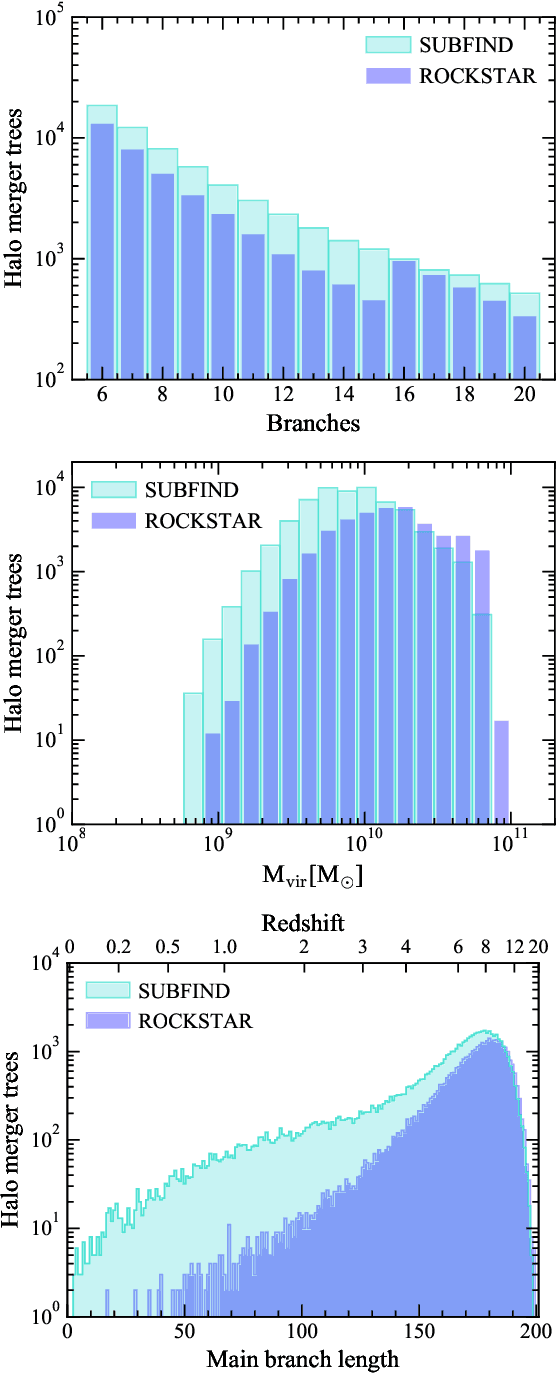


Abstract:A key ingredient for semi-analytic models (SAMs) of galaxy formation is the mass assembly history of haloes, encoded in a tree structure. The most commonly used method to construct halo merger histories is based on the outcomes of high-resolution, computationally intensive N-body simulations. We show that machine learning (ML) techniques, in particular Generative Adversarial Networks (GANs), are a promising new tool to tackle this problem with a modest computational cost and retaining the best features of merger trees from simulations. We train our GAN model with a limited sample of merger trees from the EAGLE simulation suite, constructed using two halo finders-tree builder algorithms: SUBFIND-D-TREES and ROCKSTAR-ConsistentTrees. Our GAN model successfully learns to generate well-constructed merger tree structures with high temporal resolution, and to reproduce the statistical features of the sample of merger trees used for training, when considering up to three variables in the training process. These inputs, whose representations are also learned by our GAN model, are mass of the halo progenitors and the final descendant, progenitor type (main halo or satellite) and distance of a progenitor to that in the main branch. The inclusion of the latter two inputs greatly improves the final learned representation of the halo mass growth history, especially for SUBFIND-like ML trees. When comparing equally sized samples of ML merger trees with those of the EAGLE simulation, we find better agreement for SUBFIND-like ML trees. Finally, our GAN-based framework can be utilised to construct merger histories of low and intermediate mass haloes, the most abundant in cosmological simulations.
A Halo Merger Tree Generation and Evaluation Framework
Jun 22, 2019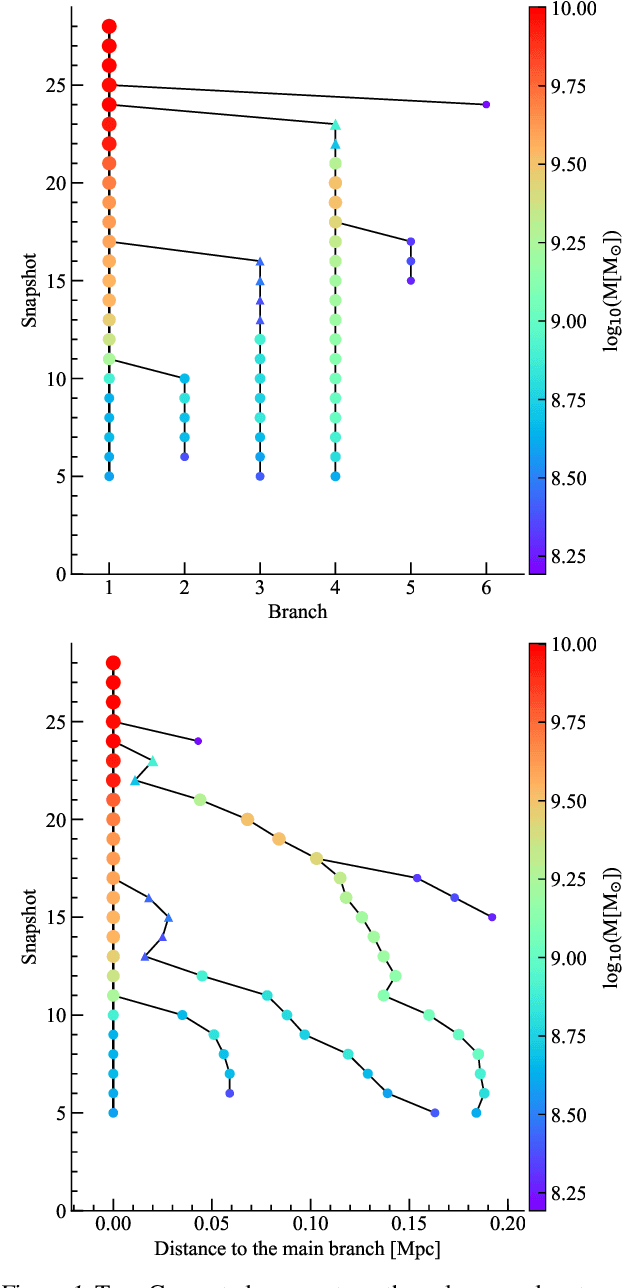
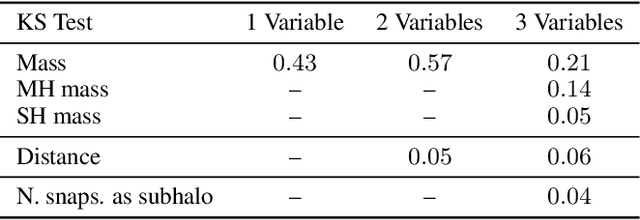
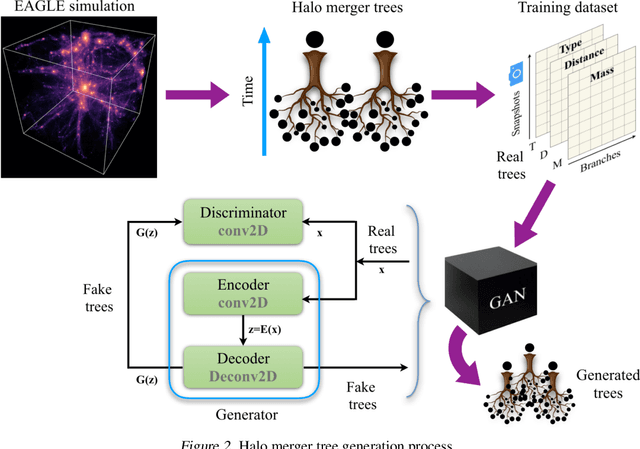
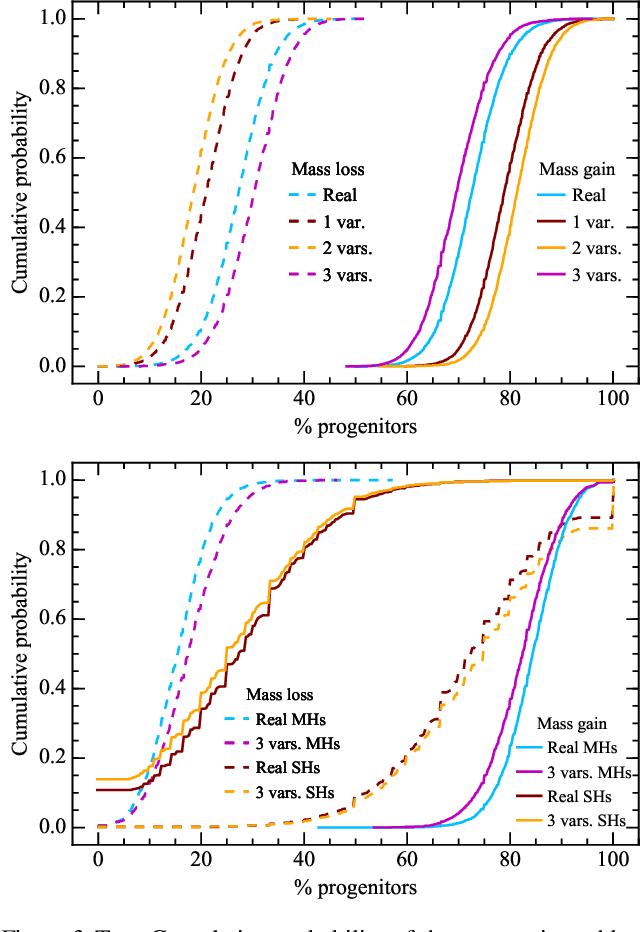
Abstract:Semi-analytic models are best suited to compare galaxy formation and evolution theories with observations. These models rely heavily on halo merger trees, and their realistic features (i.e., no drastic changes on halo mass or jumps on physical locations). Our aim is to provide a new framework for halo merger tree generation that takes advantage of the results of large volume simulations, with a modest computational cost. We treat halo merger tree construction as a matrix generation problem, and propose a Generative Adversarial Network that learns to generate realistic halo merger trees. We evaluate our proposal on merger trees from the EAGLE simulation suite, and show the quality of the generated trees.
The Power of Genetic Algorithms: what remains of the pMSSM?
May 09, 2018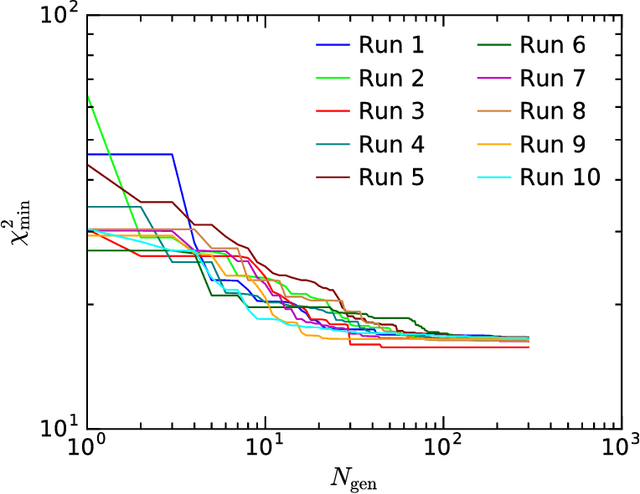
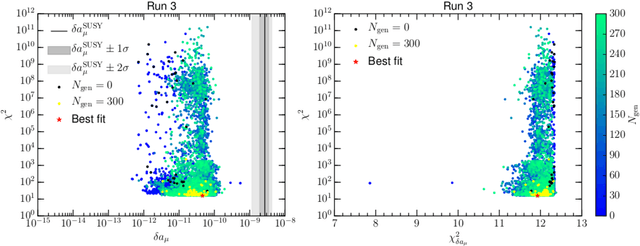
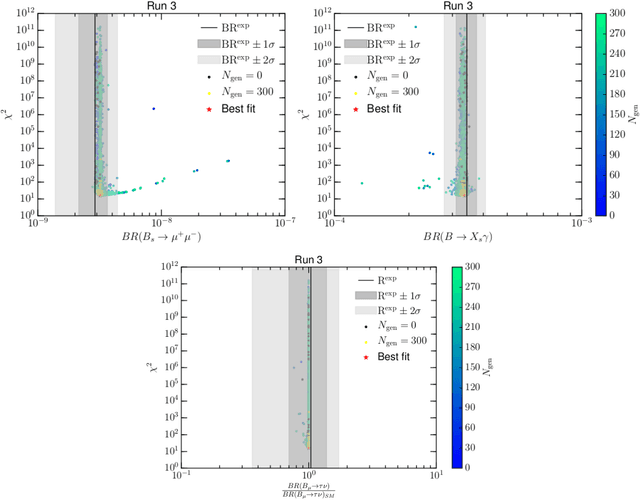
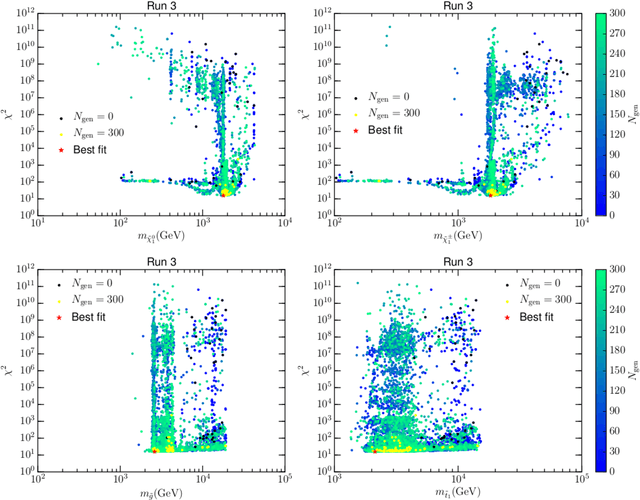
Abstract:Genetic Algorithms (GAs) are explored as a tool for probing new physics with high dimensionality. We study the 19-dimensional pMSSM, including experimental constraints from all sources and assessing the consistency of potential signals of new physics. We show that GAs excel at making a fast and accurate diagnosis of the cross-compatibility of a set of experimental constraints in such high dimensional models. In the case of the pMSSM, it is found that only ${\cal O}(10^4)$ model evaluations are required to obtain a best fit point in agreement with much more costly MCMC scans. This efficiency allows higher dimensional models to be falsified, and patterns in the spectrum identified, orders of magnitude more quickly. As examples of falsification, we consider the muon anomalous magnetic moment, and the Galactic Centre gamma-ray excess observed by Fermi-LAT, which could in principle be explained in terms of neutralino dark matter. We show that both observables cannot be explained within the pMSSM, and that they provide the leading contribution to the total goodness of the fit, with $\chi^2_{\delta a_\mu^{\mathrm{SUSY}}}\approx12$ and $\chi^2_{\rm GCE}\approx 155$, respectively.
 Add to Chrome
Add to Chrome Add to Firefox
Add to Firefox Add to Edge
Add to Edge